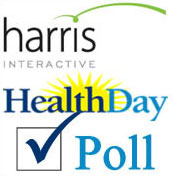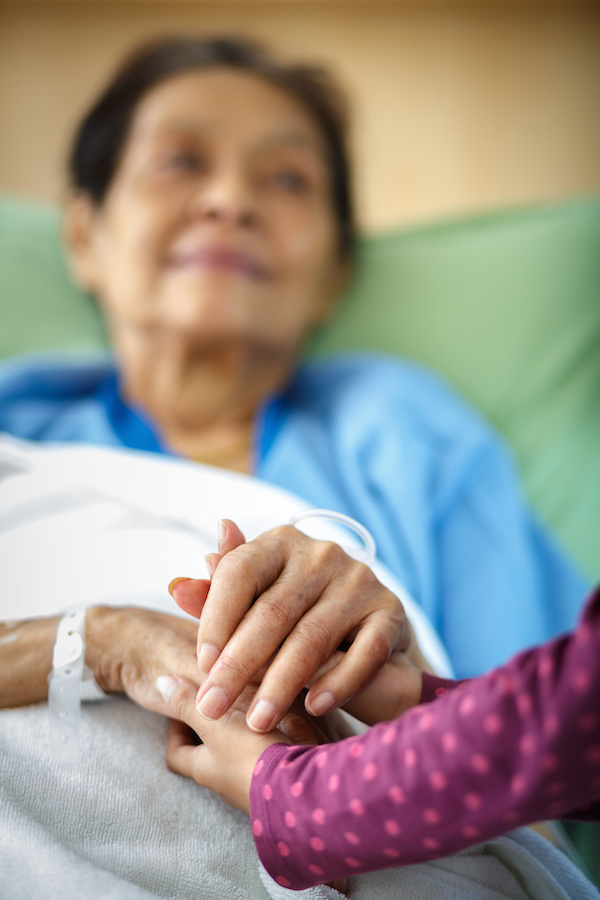
WEDNESDAY, May 4 (HealthDay News) — A U.S. health task force stunned much of the medical world and many women in November 2009 by recommending that most women didn’t need to get their first mammogram until age 50.
But a new Harris Interactive/HealthDay poll finds that women in their 40s want their mammograms, and two-thirds of them weren’t even aware of the task force’s recommendations.
About 57 percent of women surveyed believe mammograms should start at age 40, according to the poll of 1,083 U.S. women over 18 years of age conducted April 18-20, while just 12 percent thought that 50 was the right age to start getting the imaging tests.
“Breast cancer is something women are taught to look for at an early age through monthly self-exams, and the magic age of 40 had been when the first mammogram was supposed to happen,” said Regina A. Corso, senior vice president of public relations and youth research for the Harris Poll. “That obviously goes against recommendations that have recently come out, and which almost half of women [polled] believe are there because these experts are mainly interested in saving money by reducing health-care costs.”
Specifically, 45 percent of the women polled said the task force pushed back the recommended age to 50 to reduce health-care costs and avoid administering unnecessary tests, while 30 percent believe the task force made the recommendation because excessive tests produced too many so-called false-positive results, leading women to unnecessarily think they had cancer when they did not.
The U.S. Preventive Services Task Force (USPSTF) bucked long-standing advice 17 months ago that yearly mammograms start for women when they turn 40. The task force said mammograms for women in their 40s led to too many false-positives, unnecessary worry and biopsies, and relatively few lives saved.
Instead, the task force recommended routine mammograms every two years for women aged 50 to 74. Women in their 40s were advised to discuss their breast cancer risk factors with their doctors and make a personal decision about whether to get screened or not.
“The task force recommendation was never a recommendation that women shouldn’t get mammograms in their 40s, it was a recommendation about the routineness of doing it,” said Dr. Diana Petitti, former vice chair of the task force and a professor of biomedical informatics at Arizona State University. “The specific recommendation was that women under 50 should decide whether or not to start having mammograms after having discussions with their physicians about their specific risk factors.”
Contrary to what some women believe, reducing health-care costs did not factor into the recommendations, Petitti added.
Despite widespread news coverage of the task force recommendations, the new poll found that 66 percent of women in their 40s hadn’t even heard about the recommendations. And 72 percent of women in their 40s disagreed with the new recommendations after being told about them.
About 11 percent of women said they believe mammograms should start in the 20s, even for women with no risk factors, while 29 percent believe mammograms should start in their 30s.
“That is sobering,” Petitti said. “There is evidence of great misperceptions about what mammogram might yield for a woman who is young.”
The new recommendations aside, many women in their 40s are still getting mammograms — 77 percent of women in their 40s have already had at least one mammogram, while 64 percent reported getting one annually, the poll found.
That’s good news, said Dr. Daniel Kopans, an outspoken critic of the task force recommendations who said they were based on faulty statistical analysis of the benefits, or lack thereof, of mammograms. One possible reason for the continuing high rate of mammograms is that primary-care doctors are still recommending them for women in their 40s, he said.
Women should be aware that the vast majority of women in their 40s diagnosed with breast cancer don’t have any obvious risk factors, said Kopans, a professor of radiology at Harvard Medical School and senior radiologist in the Breast Imaging Division at Massachusetts General Hospital.
“The poll suggests that women are better informed than the U.S. Preventive Services Task Force,” he said.
Age 50 is an arbitrary threshold that isn’t supported by the data, Kopans said, adding that breast cancer could kill thousands more women in their 40s if they stopped getting mammograms.
The poll revealed one bit of good news that experts on both sides of the debate agree on: 93 percent of women age 50 and older reported having had at least one mammogram, with 75 percent of them getting a mammogram at least once every other year.
The risk of breast cancer starts rising gradually during the 40s, 50s and gets higher still during the 60s, Kopans said.
The American Cancer Society continues to recommend annual mammograms for women starting at age 40.
More information
Read the USPSTF guidelines here.
The complete findings of the poll are availalbe at Harris Interactive.
Full data on the poll and its methodology are also available at Harris Interactive.

